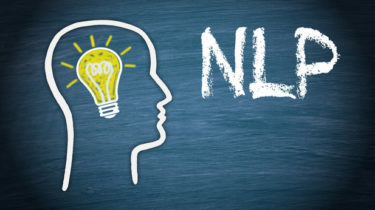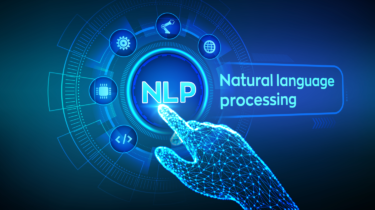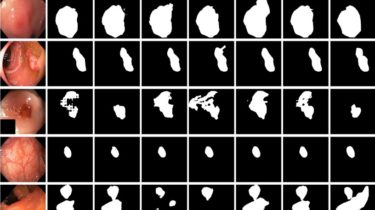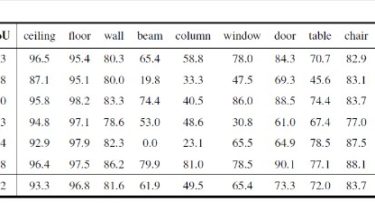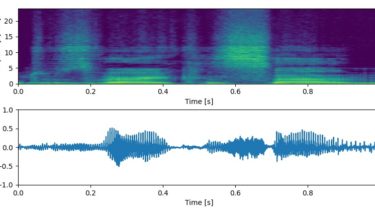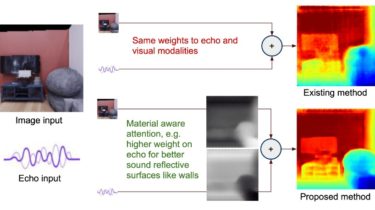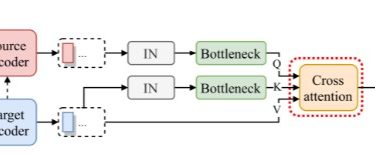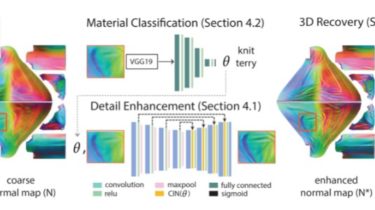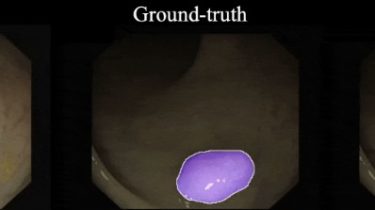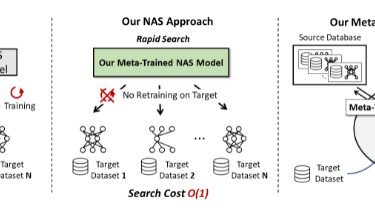Part- 19: Step by Step Guide to Master NLP – Topic Modelling using LDA (Matrix Factorization Approach)
This article was published as a part of the Data Science Blogathon Introduction This article is part of an ongoing blog series on Natural Language Processing (NLP). In the previous part of this series, we completed our discussion on LDA, in probabilistic terms. Probably, this article is the last part on Topic modelling since we covered almost all important techniques used for Topic Modelling. So, In this article, we will discuss another approach, named matrix factorization to understand the LDA which […]
Read more